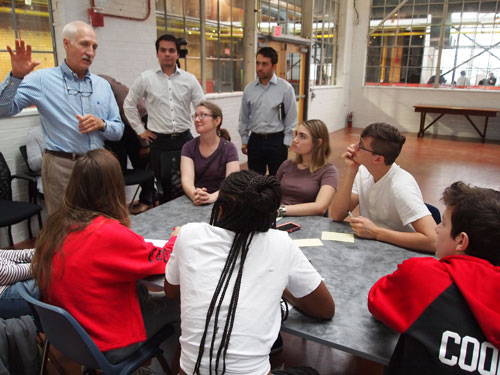
“ایک دن سے, میں نے بات کو یقینی بنانے کے طلباء کو سمجھ ہے کہ وہ مشیر ہیں. وہ مسائل سے نمٹنے کے لئے ذمہ دار ہیں.” – نورٹن Gusky
آپ کے طالب علموں کو دے جب حقیقی دنیا حقیقی دنیا تنظیموں کے ساتھ چیلنج, ہر کوئی فائدہ اٹھا سکتے ہیں. بروقت کمیونٹی کی بنیاد پر چیلنجوں سے بھرتے نصاب نئے علم سکھاتا ہے اور متعلمین ان کی مہارت بالآخر بالغ کے طور پر لاگو ہوں گی کہ کس طرح سے پتہ چلتا ہے. اس کے علاوہ, real-world learning experiences give students the opportunity to benefit the community in which they live.
نورٹن Gusky, ڈیزائن چیلنجوں کا خالق, connects schools with businesses and non-profits to research and explore solutions to real-world problems. Gusky کے مطابق, پر تحقیق ان 2017 - 2018 پروگرام کی طرف اشارہ کرتا ہے کہ 93% پروگرام میں متعلقہ اور مفید پایا حصہ لینے والے ان لوگوں کے. انہوں نے کہا کہ اسکولوں ہر نصاب کے اقوام متحدہ کی پائیدار ترقی کے اہداف حصہ بنانے کی ضرورت کا خیال ہے. He’s doing his part by connecting learners with the Energy Innovation Center, a multi-disciplinary institution in Pittsburgh, Pennsylvania that integrates “workforce development programs, green technology research laboratories, a business incubator and collaborative university-industry projects.” He explains the challenges presented to learners have included “water management, ثبوت توانائیوں, سبز بنیادی ڈھانچے کی منصوبہ بندی (ایل ای ای ڈی سرٹیفیکیشن), اور پائیدار خوراک کی تقسیم کا نظام. "
تعلیم کے لئے گلوبل تلاش is pleased to welcome Norton Gusky.
“Students provide feedback on the Design Challenge through a combination of written surveys and video interviews.” – نورٹن Gusky
نورٹن, خوش آمدید. Please walk us through the process you use on a Design Challenge.
After three years working on the Design Challenges, I’ve developed a process that includes the following:
- Build the ingredients for the Request for Proposal (RFP) – this includes identifying the problem to solve, the experts who will possibly participate, and the expected outcomes from the student consultants.
- Unpack the Design Challenge with the Facilitators – this brings the educators who will work with the student consultants into the process. We look at the RFP and consider what students might participate. We create a time-line that includes a Kickoff, Midpoint, and Final Presentation.
- Host Kickoff to bring Student Consultants and Stakeholders together – this sets in motion the Design Challenge. Students hear from the client team and then create questions working with experts to begin to solve the problem in the RFP.
- Generating Initial Ideas – this step allows the students in their own classrooms to begin to do their research and come up with their first round of ideas on how to solve the problem in the RFP.
- Sharing Ideas – this step brings the students back together where they share their ideas and get feedback from the experts and client team.
- Reflecting and Refining Ideas – this step forces the student consultants to evaluate their original ideas based on the feedback from the experts and client team. اس مرحلے میں, new ideas may come to the forefront or existing ideas are reformulated.
- Presenting Ideas and Celebrating – this step brings the teams back together for a public presentation. Student consultants are encouraged to include creative ways to pitch their ideas. This may include 3 dimensional models, virtual simulations, dramatic skits or other ways to effectively communicate their proposal to the original RFP. اس کے بعد, the student consultants, ماہرین, facilitators, guests, and client team sit down for a meal to celebrate.
مستقبل میں, students will work collaboratively with their global peers – how do you build teamwork and collaboration into your curriculum? How is modern technology able to support your program?
Each team works collaboratively with each person taking on an individual responsibility. At the kickoff, I divide the groups into teams using an Ice Breaker activity. مثال کے طور پر: for Sustainable Foods, the student consultants might draw a picture of the healthiest food they eat. They would then meet with their team and talk about their food. I then might ask: what are some of the things you have in common with your teammates.
At the midpoint, I’ll use a Human-Centered Design activity to have the students provide feedback to each other. This may take the form of a “Voice the Vote” or “Rose, Bud, Thorn” activity. For the final presentation, the students work on a collaborative document to outline their final ideas. This is often a Google Document. For other Design Challenges, we’ve created a project website which invites each team to contribute their own ideas.
“The student consultants are encouraged to think out of the box and test out their most creative ideas.” – نورٹن Gusky
How much student voice and choice is built into the program?
ایک دن سے, میں نے بات کو یقینی بنانے کے طلباء کو سمجھ ہے کہ وہ مشیر ہیں. They are responsible for addressing the issues. It’s up to the student consultants to come up with the plan to address the RFP. I ask each team to identify a project leader. I communicate directly with the student leaders who are responsible for touching base with their team. The student leader communicates the choices for their team.
The student consultants make their midpoint and final pitch to experts and the client team. At each step, they have a chance to share their voice. Students provide feedback on the Design Challenge through a combination of written surveys and video interviews.
Along the way, students gain a complete understanding on how to solve the problem in the RFP. The student consultants are encouraged to think out of the box and test out their most creative ideas.
آپ کے طالب علموں کو کس طرح اندازہ لگانے کرو?
Students receive feedback from experts in the field and the client team. The client team identifies which parts of the final proposal that they intend to use. The feedback is a combination of oral and written comments. For some Design Challenges, we use a rubric to rate the final products. Rather than students basing their understanding of success based on grades, they’ll envision their success based on experiences or exposer.
“Teachers as facilitators is the new trend in education. Students have access to the internet and hundreds of digital tools. The teachers are no longer the sage on the stage. They are there to mentor coach and yes facilitate.” – نورٹن Gusky
اساتذہ کا کردار کیا ہے, corporate teachers and even parents in your program? How can these educators ensure students are receiving a benefiting experience?
اساتذہ (تعلیم, since sometimes it’s a guidance counselor or other professional that plays the role) are facilitators. I work with the teachers from the Unpacking meeting to understand their role. Corporate teachers are experts.
Teachers as facilitators is the new trend in education. Students have access to the internet and hundreds of digital tools. The teachers are no longer the sage on the stage. They are there to mentor, کوچ ,اور ہاں, facilitate.
How would you quantify your feedback/achievements to date with the program? سب سے بڑے چیلنجز کا سامنا کرنا پڑا ہے کیا ہیں?
تین سال کے لئے, I’ve gathered feedback from student consultants, facilitators and experts. زائد 200 students have participated. Here are some of the key findings for 2017-2018 program:
- 93% Relevant and Useful
- 93% Good to work in teams
- 89% Use strategies in everyday life
- 86% Time to complete
- 86% Excellent quality
- 86% Recommend to others
- 86% Help with future job opportunities
The number one issue is actually implementing the student proposals. Funding has been a major challenge. For the 14 منصوبوں, only one project has been implemented. تاہم, the Energy Innovation Center has received a grant to implement additional proposals and Duquesne Light has provided a grant for another project.
While students enjoy working in school teams, they do not like to collaborate with other schools. In the past three years, there’s only been two times that I’ve been able to get schools to work around schedules and distances to meet together to collaborate.
How do you keep the curriculum relevant in a rapidly changing world?
Since all of the ideas come from the real-world needs of a client team at the Energy Innovation Center (EIC), there has been no issue with keeping the Design Challenges relevant.
We have repeated some Design Challenges to make them more relevant and meaningful for the needs of the EIC population. مثال کے طور پر: The student consultants came up with menu items for a cafe at the EIC, but the cafe did not happen. تو, we changed the challenge to come up with a “food kit” strategy to provide for the food needs at the EIC – located in a food dessert.
Thank you Norton.
C. M. Rubin and Norton Gusky
C. M. روبن (کیتی) CMRubinWorld کا بانی ہے, ایک آن لائن پبلشنگ کمپنی کے عالمی تعلیم کے مستقبل پر مرکوز, اور سیارے کلاس روم کے شریک بانی. وہ موصول تین بہترین فروخت ہونے والی کتابوں اور دو بڑے پیمانے پر آن لائن پڑھیں series.Rubin کے مصنف ہیں 3 "عالمی تعلیم برائے تعلیم" کے لئے اپٹن سنکلیئر ایوارڈز۔ سلسلہ, جس یوتھ کے لئے وکالت, میں شروع کیا گیا تھا 2010 اور قوموں کو درپیش کلید تعلیم کے مسائل دریافت کرنے کی دنیا بھر سے ممتاز فکری رہنماؤں کو یکجا کرتا ہے.
C پر عمل کریں. M. ٹویٹر پر روبن: www.twitter.com/@cmrubinworld

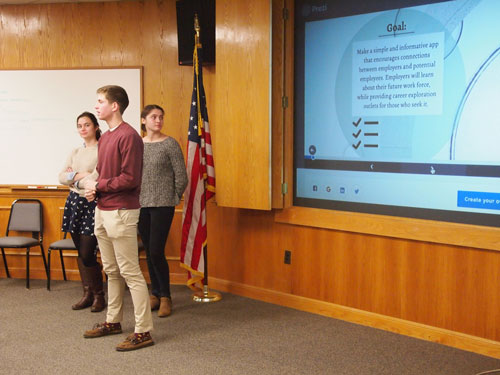
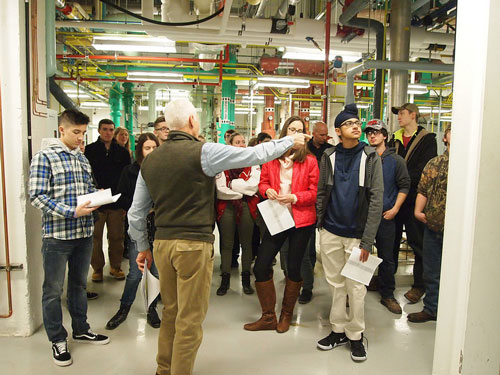
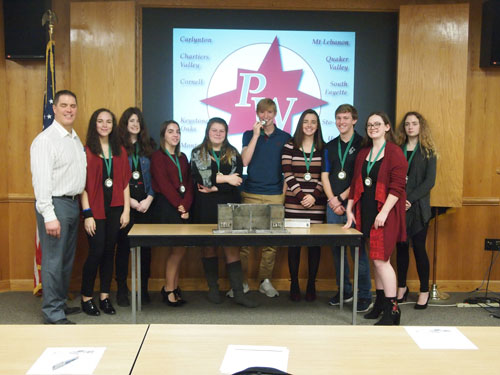
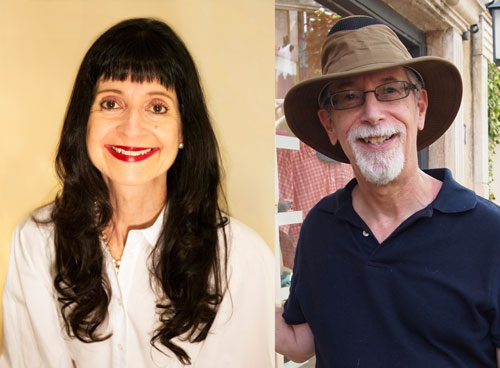
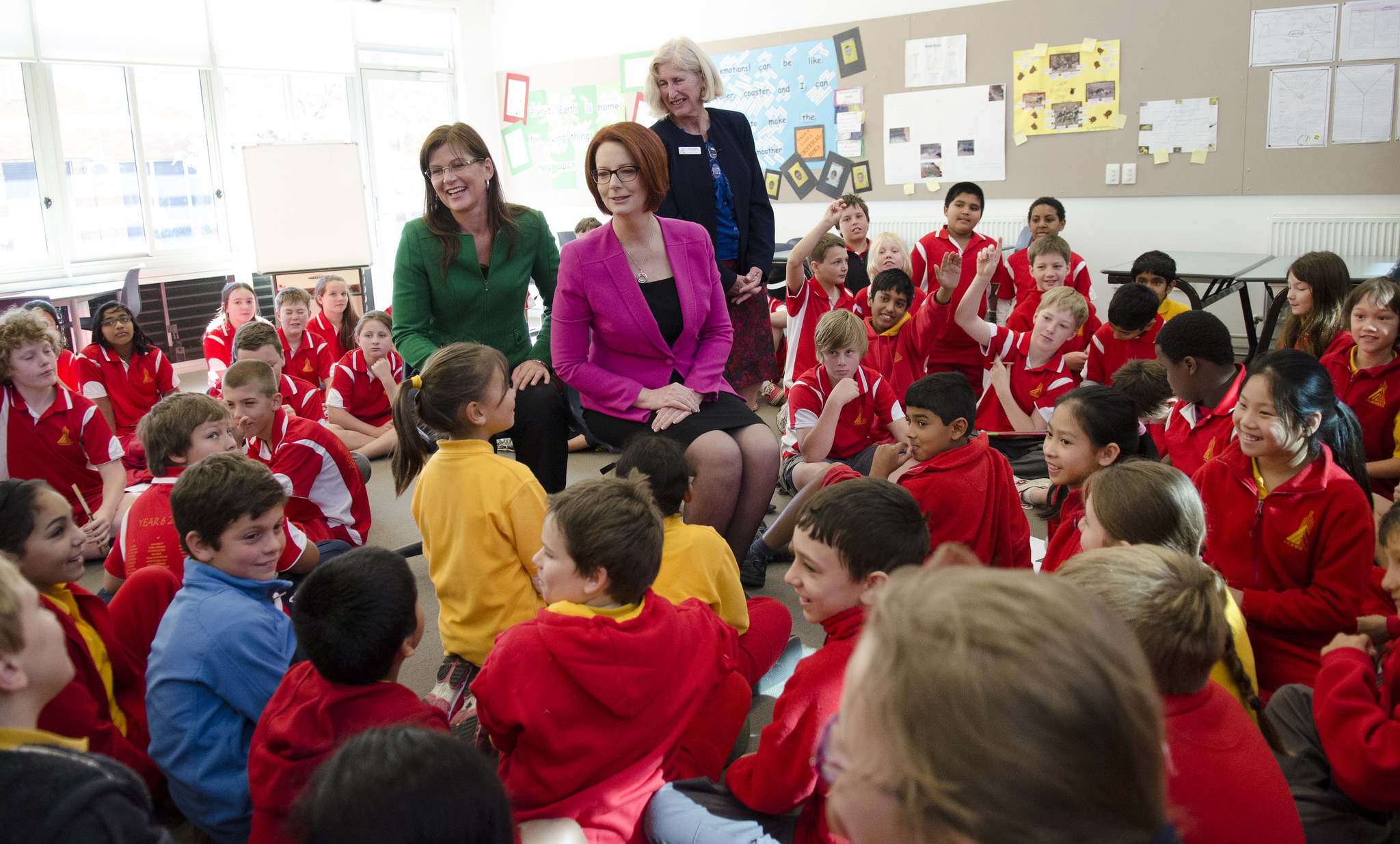

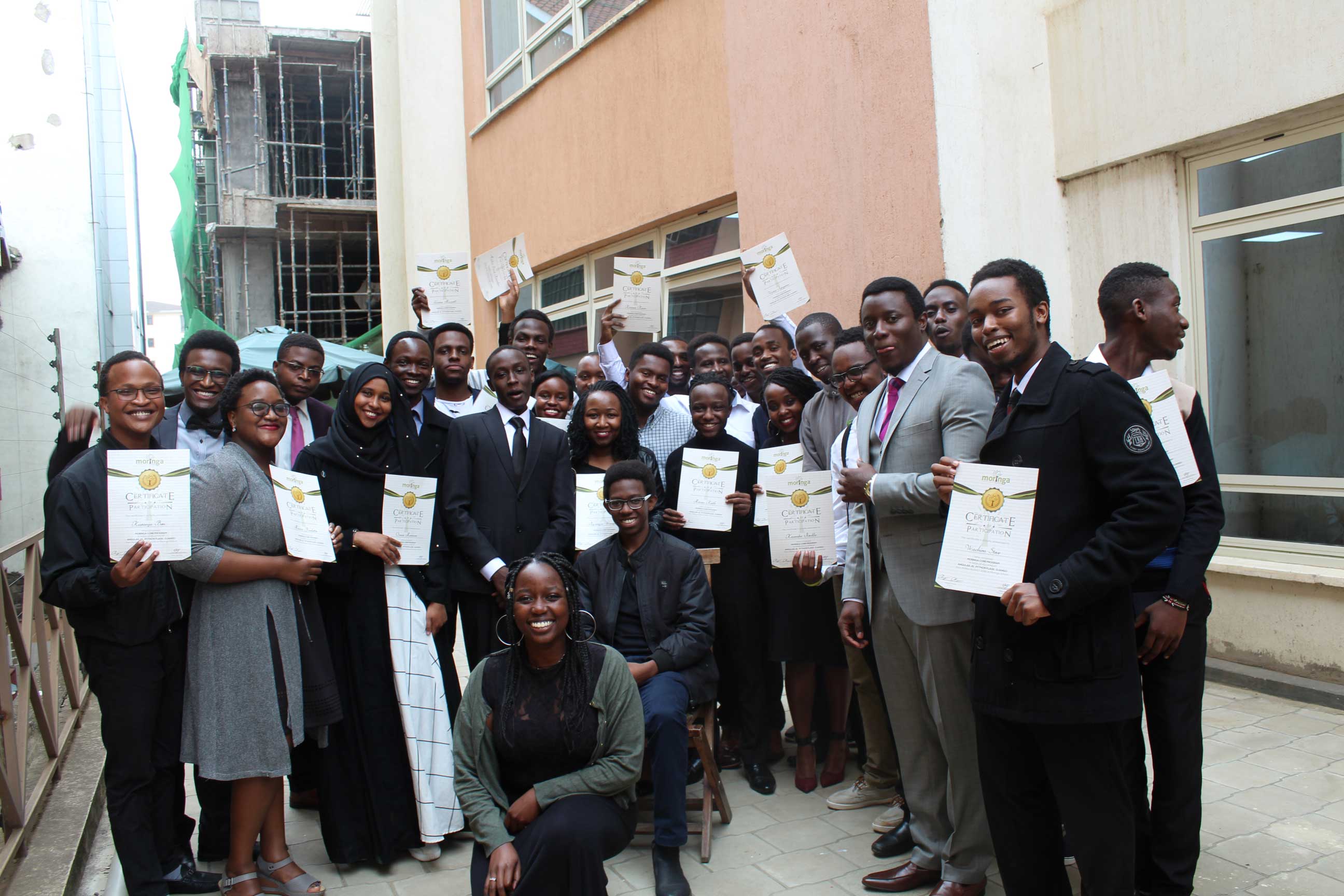

حالیہ تبصرے